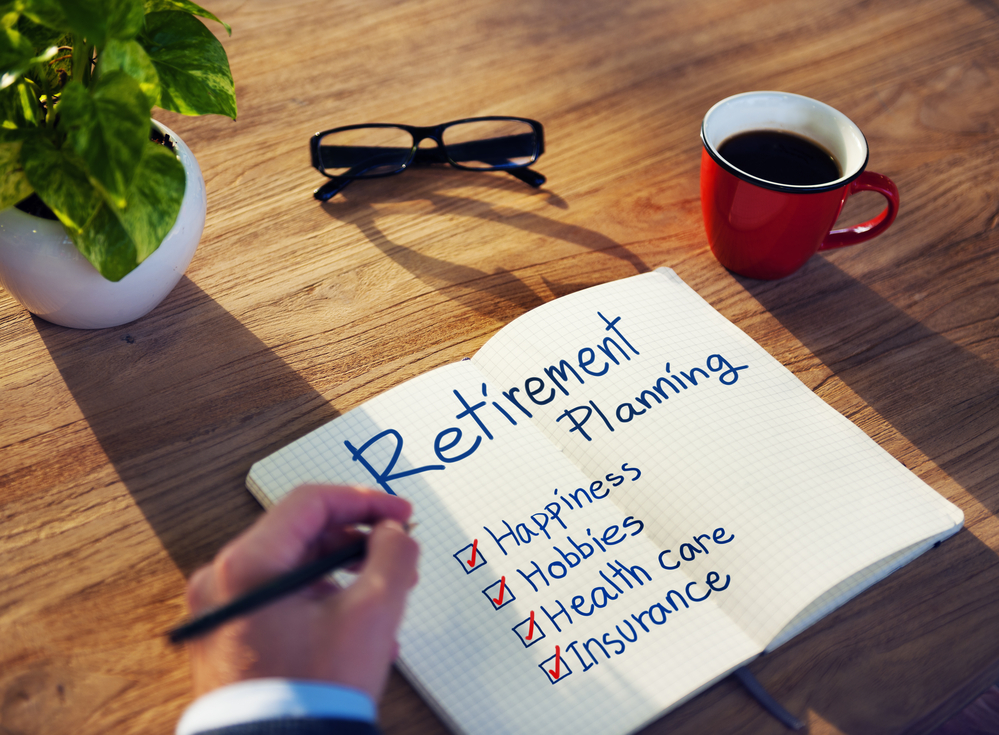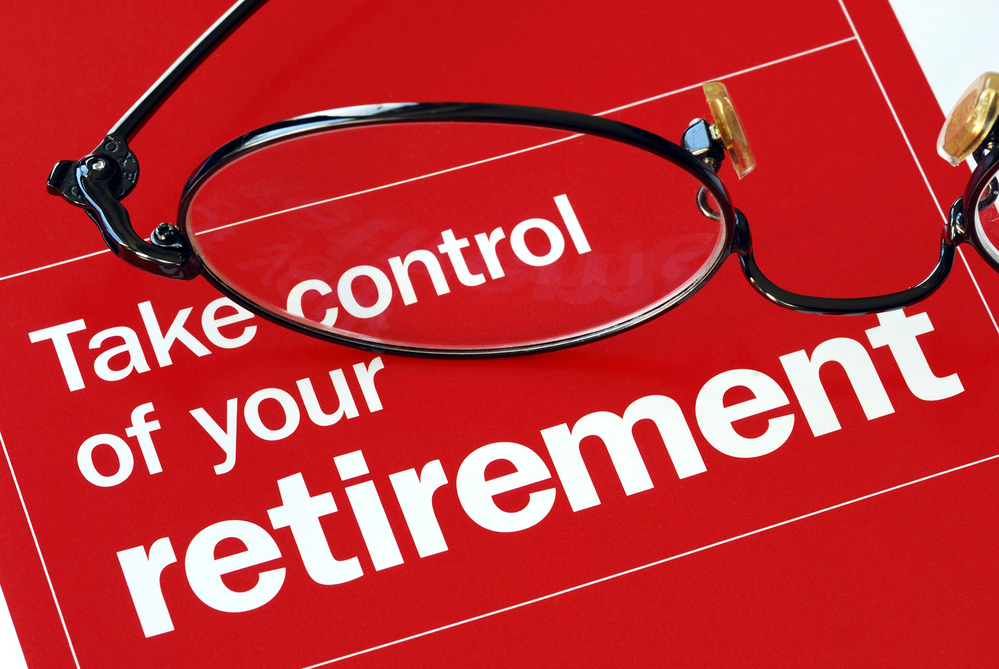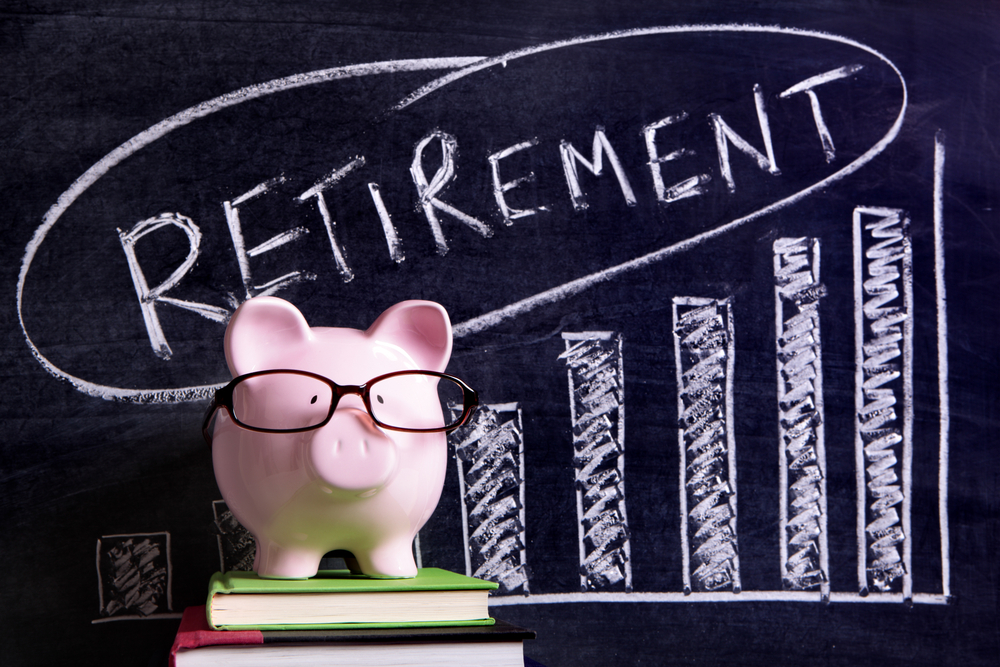Dealing with Post-Retirement Risks
It is critical to invest in diverse assets and insurance in order to mitigate post-retirement risks.

It’s crucial to plan for the unexpected when you are planning for retirement. Any variety of post-retirement dangers, from unexpected death of your spouse to a protracted illness, stock market volatility, bankrupt pension plan or even unanticipated longevity, can derail the most meticulously crafted retirement plan. The risk of outliving your resources rises as individuals live longer and, in certain situations, are offered incentives or compelled to retire early. And the longer you wait to retire, the more difficult it will be to be assured of the sufficiency of your assets.
A possible danger to one’s post-retirement financial stability is referred to as post-retirement risk. All above examples can have a negative financial impact on your retirement plans. While most of these are present while you are employed, you may make certain compromises to prepare for future uncertainties:
- Investing in assets that beat inflation
What makes things more problematic is that everyone anticipates a lower income after retirement. Most individuals, on the other hand, fail to account for inflation and unanticipated events such as medical or other unexpected emergencies. Inflation is also a significant factor in increasing post-retirement risks. Because lifestyle inflation depletes retirement funds, you must guarantee that your assets increase at a quicker pace than inflation. One rule of thumb is to have a retirement nest egg that is at least 25 times your yearly costs when you retire.
The risks associated with market volatility can be mitigated by adopting a diversified strategy for your retirement plan. Based on your age and stage of life, a qualified wealth manager can help you plan your asset allocation. Equity mutual funds and EPFs are excellent ways to combat inflation. You can raise your debt fund investments as you move closer to retirement age, for extra liquidity.
- Creating a passive income stream
Once an active paycheck is no longer available, one can generate passive income by receiving dividends from investments or receiving a yield from the investments on a yearly basis. Whether you can build a large enough corpus and generate revenue from it, without having to dip into it, is a hedge. You can also work out a solid balance of investments in terms of risk and returns, such that you have growth and passive income, and you can live comfortably within it.
- Necessity of health insurance
Once you have ensured that you have your accommodation taken care of, liability-free, one of the most crucial things to consider is health insurance. So get a good health insurance policy while you're young and healthy and earning money. Even in your post-retirement years, this insurance coverage should come in handy.
Planning ahead of time for insurance, liabilities and other maintenance fees might help you avoid a post-retirement disaster. You will always have a good retirement if you prepare wisely or plan for more than is necessary.









